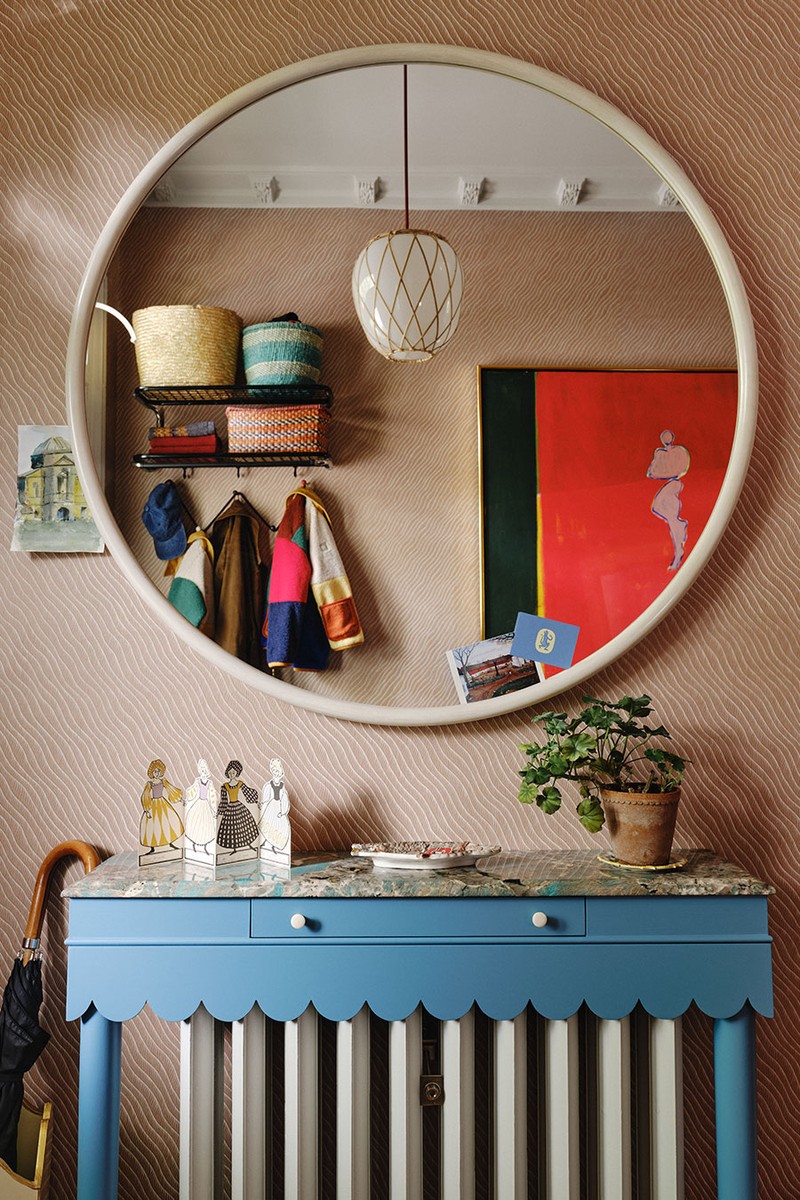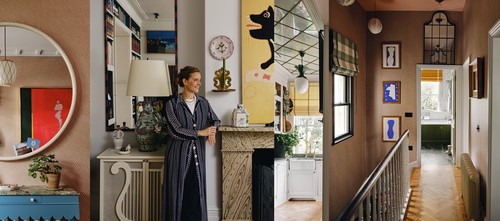
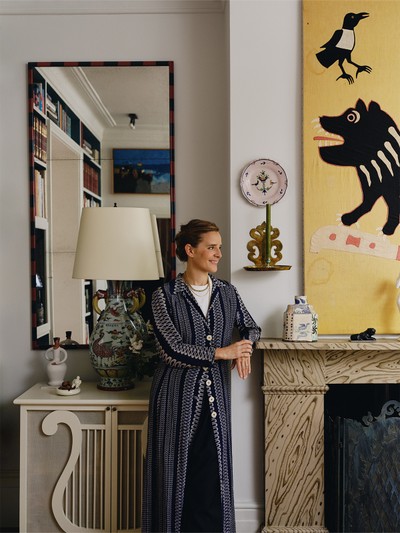
15 Interior Design Tips From Beata Heuman
All products on this page have been selected by our editorial team, however we may make commission on some products.
Use interiors to express yourself
Interiors are truly life-enhancing. How I arrange my home affects so much – I want to know I’m somewhere comfortable, beautiful and inspiring. By making just some small changes, you can get so much more out of your space. I, myself, am so much happier as a result, and I think many people feel that way. It’s a way of expressing who you are.
Make sure your home encompasses what you need
I grew up on a farm in Sweden and had quite an isolated childhood, which instilled this idea in me that home should encompass everything you need. I never had cabin fever or felt bored; I was happy in one place and tried to make that interesting. We can think of interiors as quite static but, like with fashion, we don’t need more clothes. But we might want something new, so we should embrace change in our homes too. Try mixing different styles and using a new or nearly new item, such as a chair you’ve found in a flea market, to reinvent a room.
Create a versatile backdrop
You can have the most beautiful house in the world, but if it’s completely ‘done’ it gets a bit boring. We crave change as humans and, when you’re designing your home, it’s important to leave room for evolution. In my new course with BBC Maestro on interior design, I talk about making easy additions, such as a ruffle or a striped cushion, which are easy to bring into a room but if you get bored of them, it’s not the end of the world. But when it comes to things like your floors, I always think you should go for something more classic.
Don’t try too hard to avoid trends
I know interior designers say they don’t follow trends, but it’s impossible to avoid them altogether. I might get excited about something which I think is completely original, but then I later see that other people have thought the same thing at the same time. I wouldn’t recreate something I’ve already seen in magazines, but in the past I’ve done things which I then saw others had also done. You also have to let yourself be excited about newness.
Know how easy it is to reinvent your house
You can do up a room in a matter of weeks. Remember, your home is your haven and you are in control; it’s such a missed opportunity when people don’t see this. We all have to repaint every few years anyway, so take that as an opportunity to take your pictures down and rehang them. Even with art you really love, if it hangs in the same place for a long time, you stop seeing it after a while. Having things that can be moved around is a great way to keep the energy going – be a bit looser about how you furnish it and then you’ll stay interested in it.
Have a fixed design method
The most important thing is to go to the house and draw up a layout. Then you can work out how it will be arranged and how it will flow. I always do that before I start thinking about how I want it to look. Function first. Next, budget. Come up with provisional costs before you start picking what you want. There are so many decisions, but if you follow a process it will help. I’ve been doing this for 20 years now and, while creating my course, I’ve been reflecting on why I do certain things and how I’ve honed my skills. People get overwhelmed about designing their home, but there is a method and a process, so I hope sharing this will help people, whether they’re starting out in interior design or they’re just interested in interiors. There are 20 lessons divided into three sections – principles, process and practice – over four hours.
Never repeat
I thrive on doing different things. Last year, I worked on a house in Manhattan, a museum in Stockholm and an estate in Scotland. Each project was completely different, which is something I consciously chose, as I think this brings out the best in us. We don’t want to repeat ourselves – each project should feel fresh.
Avoid creating schemes that look ‘designed’
It’s better when they look like they’ve evolved over time, ideally over generations. A home should look as if it’s been curated over many years. Quite often, our clients don’t have anything, so we create that story for them. We do this by bringing in lots of antiques from different times, and then I love mixing things in from the high street – high and low (and yes, I love Ikea).
Find inspiration everywhere
Obviously, I’m inspired by Swedish design, especially pre-1940s, a movement called Swedish Grace (a classic, simpler version of Art Deco) and 1800s folk traditions. I lived in Italy when I finished school and am often influenced by the decadent, crumbly grandeur of Baroque style. I then worked for Nicky Haslam for nine years and learnt about the Anglo-American tradition of decorating where comfort comes first. I love to read, especially biographies and design books, and I’m always inspired by art exhibitions. Growing up, I learnt a lot about colour from art.
Balance timelessness with trend-led pieces
Recently, I was sitting with the team looking at a scheme – there’s a fabric we’d chosen which we’d all seen a lot since, so we questioned whether to use it. If I have seen something too much, I will avoid it but sometimes, if it really works, then we’ll go for it. A room or a home is a composition, so if you use a few things that are well known, break it up with bespoke pieces or fabrics. Everything in my Shoppa collection was born out of something we’ve designed for a project. We’ve expanded into fabrics, including linens in a concise palette of plain colours that I tend to use a lot in my projects – I love plain white linen curtains.
Be flexible
People come to me for my aesthetic, but I’m always concerned with making sure their voice comes through too. It’s up to us to discover what that is and bring it out of them. If they have an heirloom and it’s something I wouldn’t have picked out, you need to be flexible as a designer. Most old furniture works well, but I can sometimes struggle with newer pieces.
Combine beauty with function
My house in London is quite small, so everything has to be both functional and beautiful (other than artwork). I always try and combine the two, but if you have ample space, it’s amazing to do something that’s just striking – but you can only do that if you can afford to lose the space. To elevate everyday items, add thoughtful details – for example, a slipcover made of antique linen on a chair with a tie in a contrasting colour. It shows you’ve spent some extra time thinking it. In my kitchen, I installed a ceiling made of glass. It’s an extravagance but it also has a bit of a function as it’s reflective and makes the room feel bigger than it is.
Furnish on a budget using vintage pieces and antiques
Go to auction houses and look for vintage pieces and antiques that are made of solid wood. You’ll pay next to nothing for something that would cost a fortune if you bought it from a high-end dealer or made them bespoke. I once found amazing chairs for £10 – if you’re open to what you can use, you’ll be surprised what you can find.
Elevate a space with paint
A fabulous colour doesn’t cost any more than white, so paint is quite democratic in that way. It can be an elegant choice and make a good impression, and you don’t have to go to the most expensive brands. Even wallpapers don’t have to cost that much, especially digital ones. Try factories that might have a ‘seconds’ section, and people even sell spare rolls of wallpaper on sites like eBay. If you like decorative painting, you’ll be surprised what you can do yourself – either with a bit of trial and error or by watching videos online.
Finally, be practical
We’re bombarded with images on Instagram but the space you have might be different, so think about what you have in front of you. Focus first on the function and, once you’ve made a realistic plan of how you’ll arrange the furniture, then you can take inspiration in a more relevant way. If you look at a picture, ask yourself what it is you like. Often, you’re inspired by something that isn’t actually that relevant, so don’t get too stuck on one image – otherwise you set yourself up for disappointment.
Shop Beata’s favourite brands…
FURNITURE IKEA.COM; SOANE.CO.UK
PAINT MYLANDS.COM – Beata’s range launches in mid-February
FABRIC WMORRISANDCO.COM – plus Beata’s own range
LIGHTING ORIGINALBTC.COM
For more inspiration, visit BEATAHEUMAN.COM. Beata’s course on BBC MAESTRO will be available later this month. Beata’s paint range with MYLANDS launches in mid-February.
DISCLAIMER: We endeavour to always credit the correct original source of every image we use. If you think a credit may be incorrect, please contact us at info@sheerluxe.com.
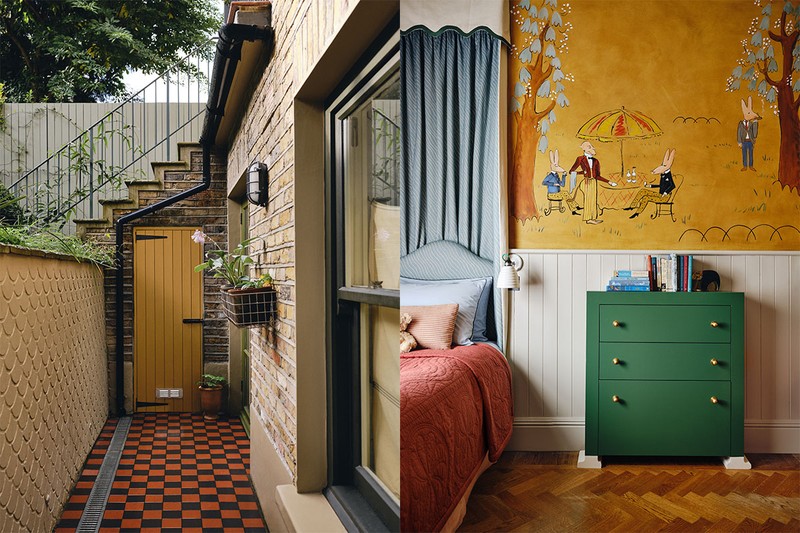
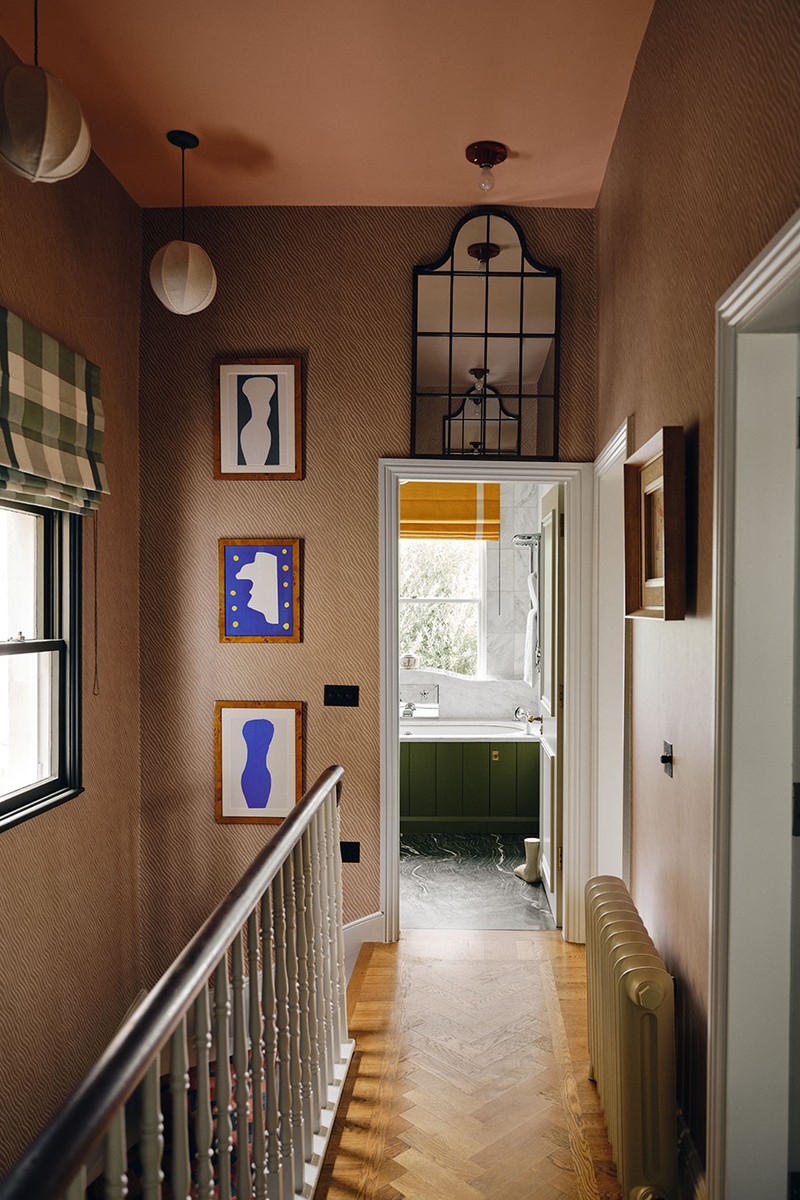
/https%3A%2F%2Fsheerluxe.com%2Fsites%2Fsheerluxe%2Ffiles%2Farticles%2F2025%2F01%2Fsl-13125-beata-heuman-kitchen.jpg?itok=eXAmd5QQ)
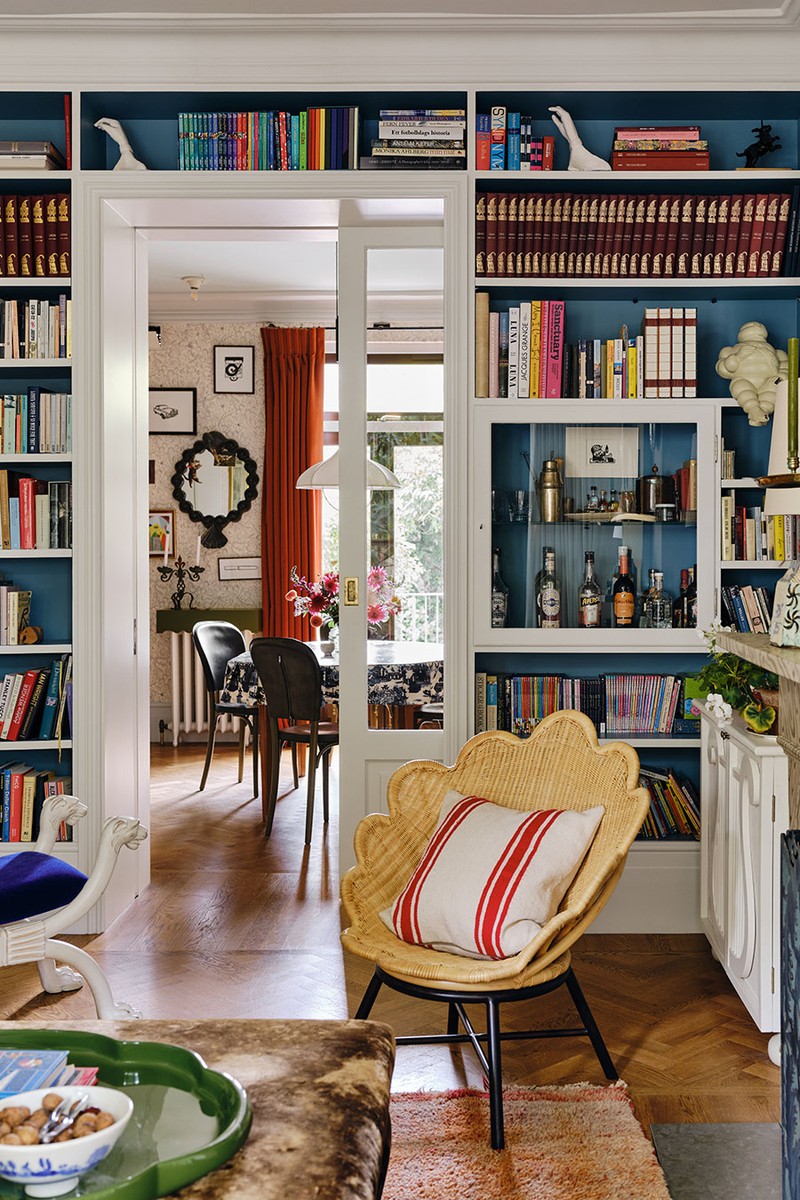
/https%3A%2F%2Fsheerluxe.com%2Fsites%2Fsheerluxe%2Ffiles%2Farticles%2F2025%2F01%2Fsl-13125-beata-heuman-dining-room_0.jpg?itok=qGQ79uKJ)
